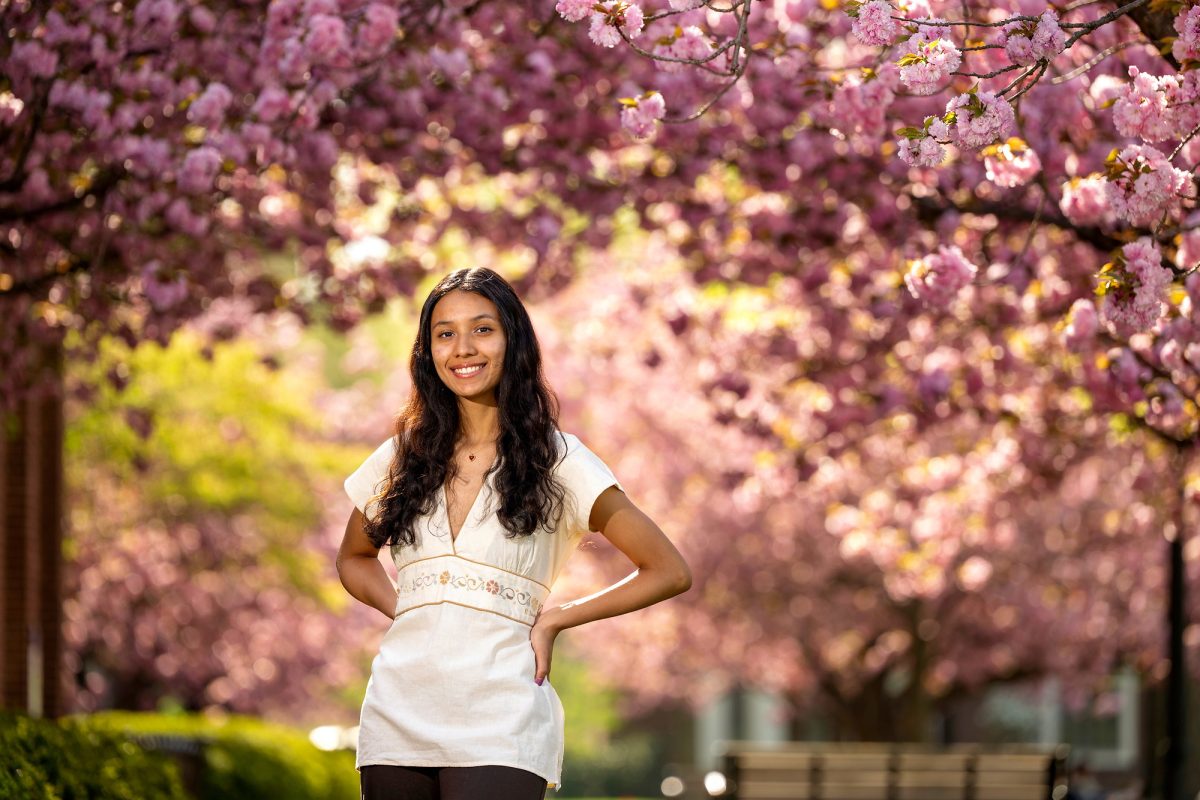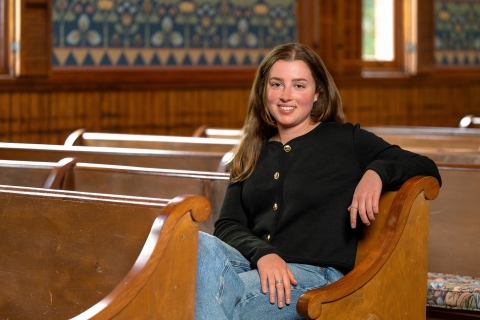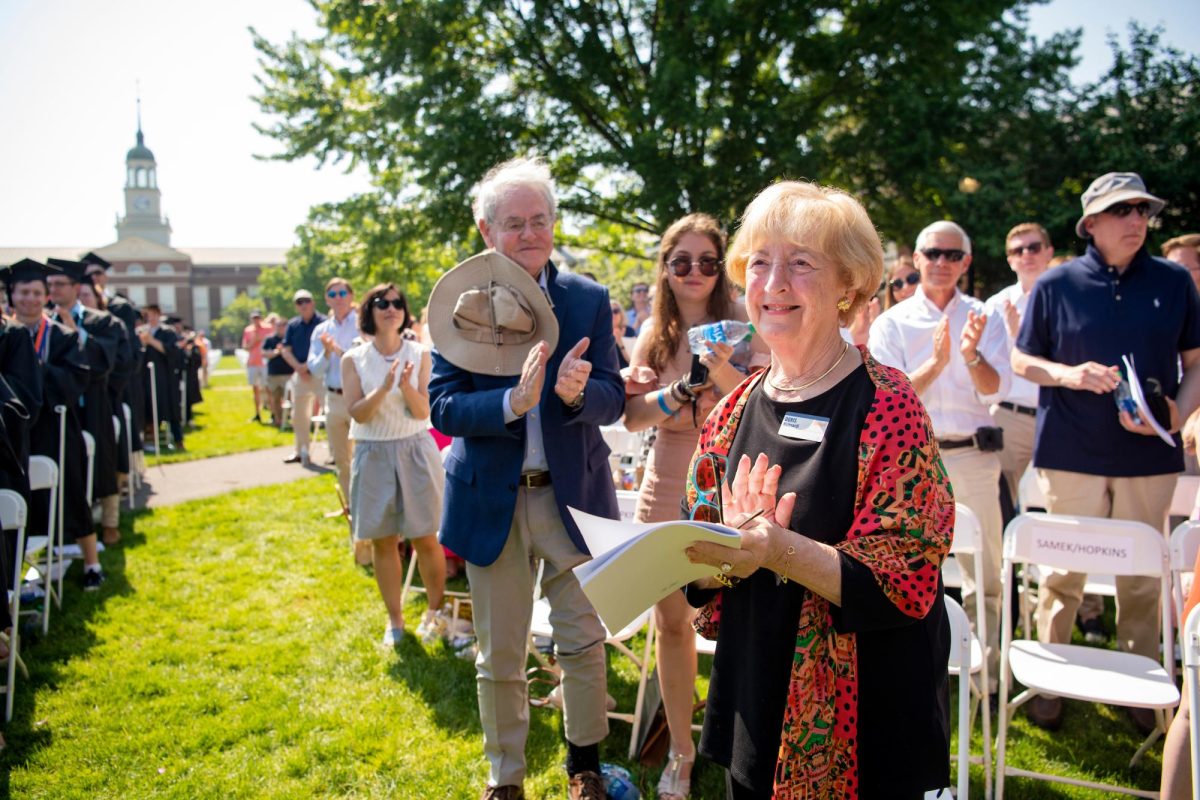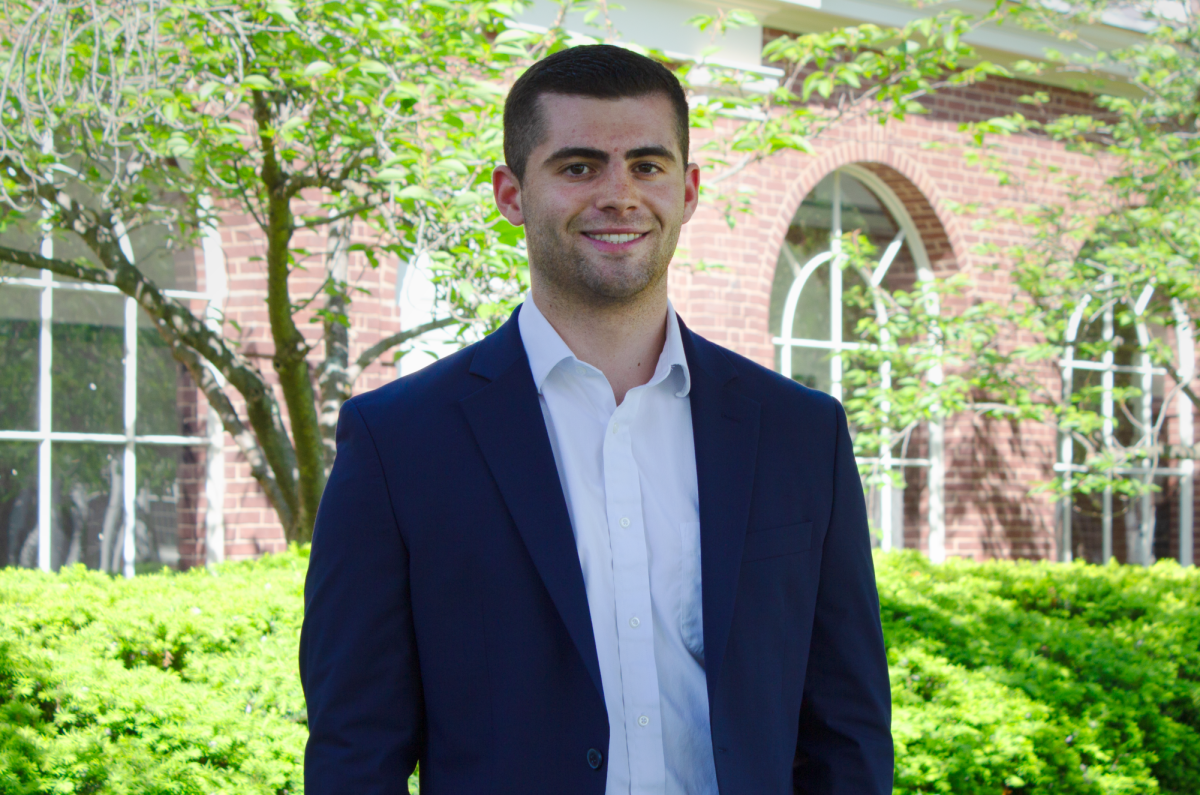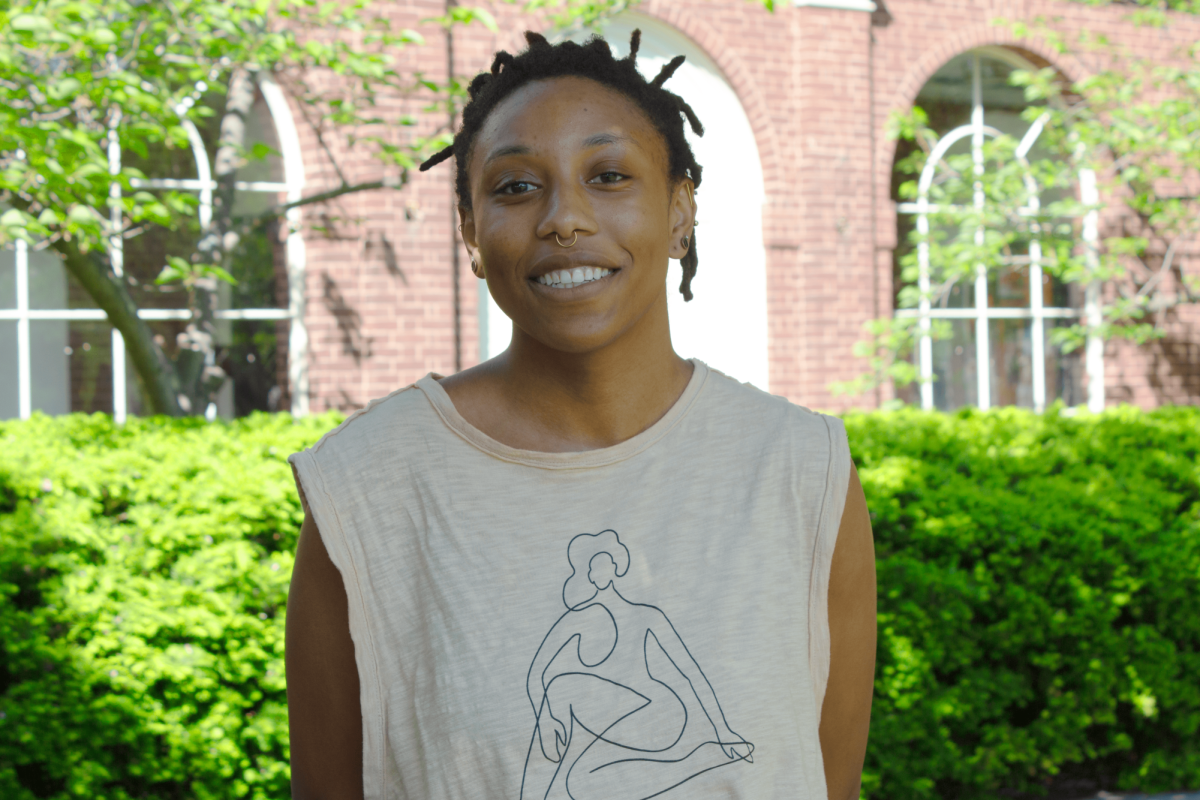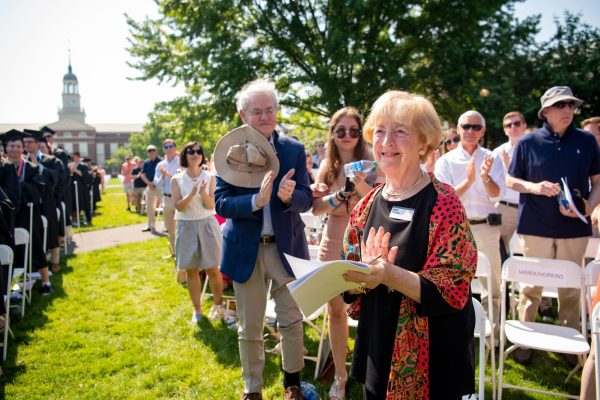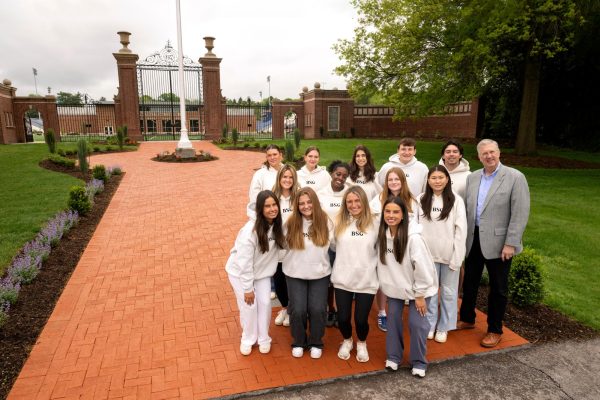Bucknell raised nearly $400 million in 10 years, here’s how
October 21, 2022
The University has gotten several record-breaking individual donations and pledges in the past few years.
Roughly $392 million in total donations have been received between 2012 and 2022 from a list of benefactors that are largely anonymous to the public.
“Bucknell is grateful for the generosity of all of our donors, and gifts of every size make a difference at the University,” Kathy Graham, associate vice president of Strategic Advancement Services and Campaign Administration, said to The Bucknellian, in an emailed response.
Finding donations
Graham said Bucknell tries to connect potential donors to the University using areas that they are “most passionate about,” whether it be through publications like Bucknell Magazine, electronic newsletters and social media, or events on and off campus.
Gifts to the University are not limited to financial donations, they can also come in the form of assets or property.
One professor said academic departments don’t have regular involvement in seeking gifts for the University.
“I am aware of few avenues for faculty to participate with Advancement at Bucknell,” associate professor of political science Christina Xydias, said. “Occasionally, we are invited to meet with potential donors, at the behest of Advancement. I did one of these meetings last spring.”
Students have an opportunity to appeal to donors through the Bucknell Student Calling Program, where students call alumni and parents of current students to directly ask for a donation.
Nina Sigety ’23 is a student development supervisor at Student Calling, where she began working her first year as a caller.
“A normal call includes several steps,” Sigety said, in an email. “First, your introduction; you need to tell the person on the other end of the line who you are and why you’re calling. Then, you should try to engage them in any way possible.”
Sigety said the point of these calls is to connect with the alumni about their favorite part of Bucknell.
“Eventually, once the prospect has given you some information, you can think of a way to build your case,” she said.
Sigety said the largest donation she has gotten from a single caller was roughly $10,000.
After the University finds a person who is interested in donating money, there are a number of ways an individual can give the gift.
“This can be as simple as sending in a check in response to a mailed solicitation, giving through our online giving site or clicking a link in an email solicitation and making a gift via credit card, PayPal, Venmo, bank transfer or cryptocurrency,” Graham said, in an email.
The online giving site can be found here.
Donors can also give stocks or a gift from a donor advised fund, a method to donate cash or assets directly to an organization and receive a tax deduction for it, to the University, according to Graham.
“Still others may work with one of our gift officers to fund a gift that pays income back to them, set up a provision in their estate plan or donate art or real estate to Bucknell,” Graham said.
Where does the money go?
The University keeps track of two different numbers, according to Graham, such as a “received” total and a “raised” total.
In 10 years, the University has raised a number of pledges, as well as estate intentions, to be paid out over the period of one to five years. Graham said these commitments provide an important source of on-going support for the University but not all of them are recorded on the University’s financial statements.
Received money is what has already been given to the University and is able to be used, amounting to the $392 million figure. Roughly $191 million of that total was placed in the endowment, at the request of the donor, Graham said.
Only a percentage of income is available to be spent annually from endowment gifts. In that 10 year span, approximately $52 million of gifts received was reserved for building projects.
“Increasing resources for financial aid is one of the highest priorities of the University and we talk with potential donors about that but it is up to the donor to decide where they will place their philanthropic support,” Graham said.
Donors can “absolutely choose where their donation goes,” once they decide to donate, but this doesn’t mean there aren’t any rules for what to do with the money, Graham said. The University follows a number of restrictions, some based on IRS regulations or others based on the school’s policy.
The University’s gift acceptance policy is currently under revision and unable to be shared at this time, Graham said. It has never been available online.
Anonymity, and turning down money
Bucknell does not publicly release a list of its donors, and Graham said she would not be willing to provide the list to The Bucknellian.
“At one point we did publish [an] Honor Roll of Donors but we only made the list available to donors,” she said. “We do have recognition plaques across campus, feature donors in publications, and occasionally list a subset of donors but we have not published a full list for some time.”
Bucknell has declined donations in the past for a number of reasons, such as donors placing too many restrictions on how the gift can be used. Graham said this can make it “too difficult” to use the money effectively.
A number of universities nationwide have faced lawsuits for allowing donors too much involvement in faculty hiring and academic activity. In 2018, George Mason University — a public university in Fairfax County, Va. — faced one of these lawsuits.
Keith D. Renshaw, who was the chairman of George Mason’s Faculty Senate during the controversy, wrote a list of recommendations in 2019 for administrators to “protect both academic freedom and donor rights.”
He wrote that universities should make conditions of gifts publicly available — something Bucknell University Advancement does not do on its website.
Graham said when a donor tries to have too much involvement with the funds, the proposed gift is turned down.
“For instance, a donor may wish to fund a faculty position but wants to be the person who selects the faculty member who is hired,” Graham said. “The University wouldn’t want to accept a gift under these circumstances and the IRS would say that it is [not] a gift because the donor retained too much control.”
Graham said the office will try to work with the donor to create “less restrictive parameters” in one of those cases.
“Other times we turn down gifts because they don’t match our mission or other policies,” Graham said.
Graham used the Samek Art Museum as an example. She said the University might turn down a piece of artwork if it does not meet the goals of the collection.
Accepting and maintaining the gift can sometimes outweigh the value of the gift itself, Graham said.
“Imagine a proposed gift of real estate that has environmental issues,” she said. “The carrying costs of the gift and the expense of remediating problems before we sell it may far outweigh the value of the property.”
